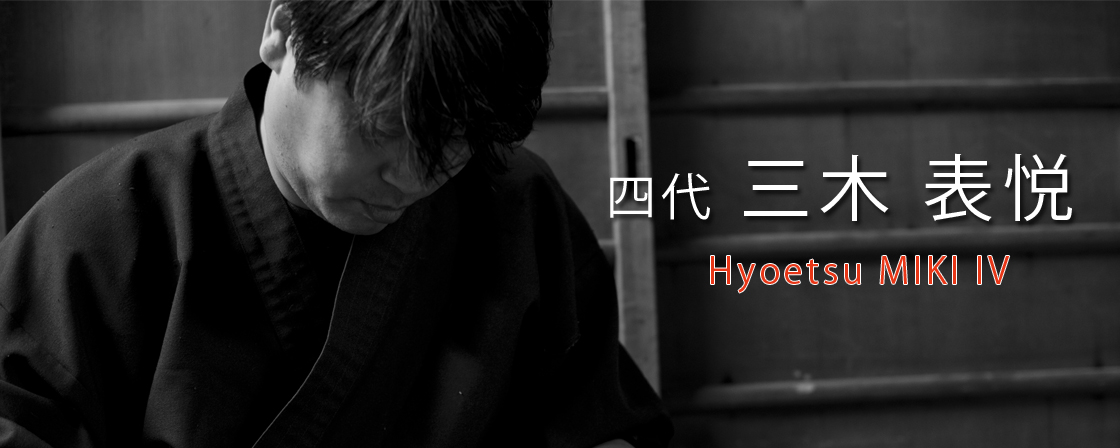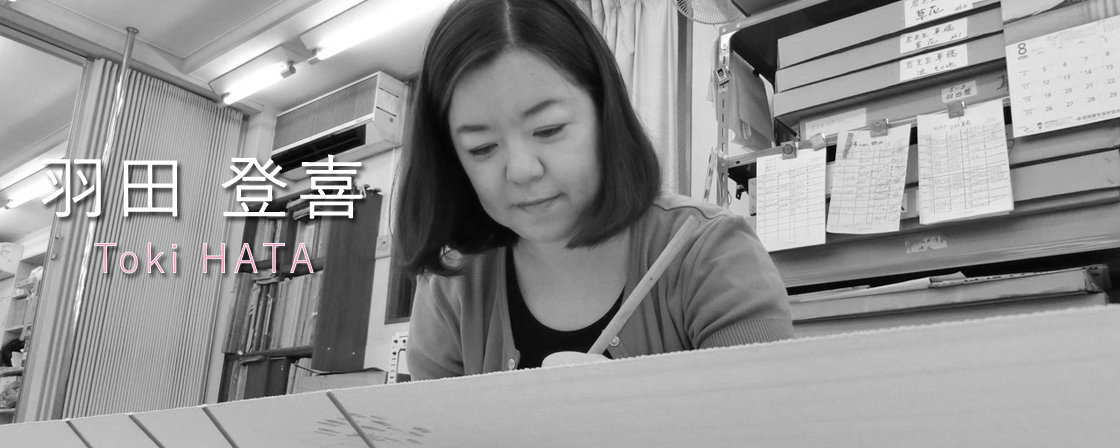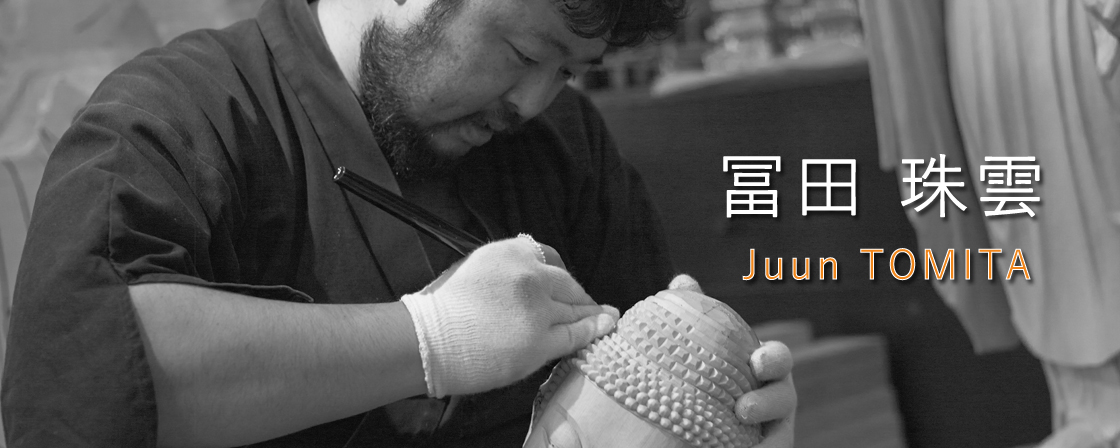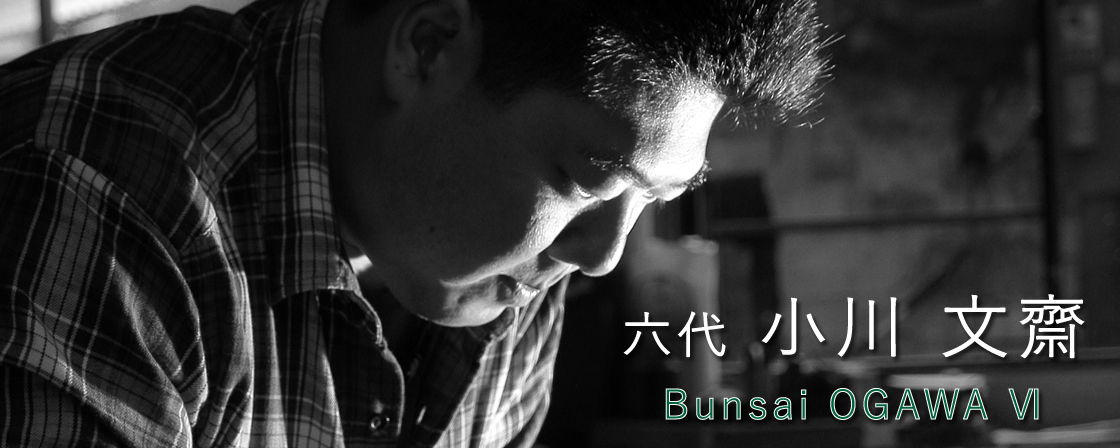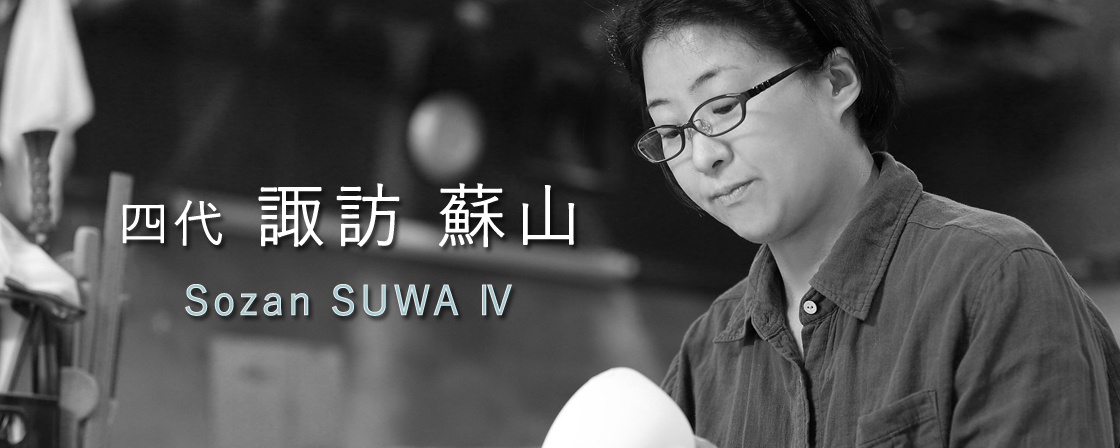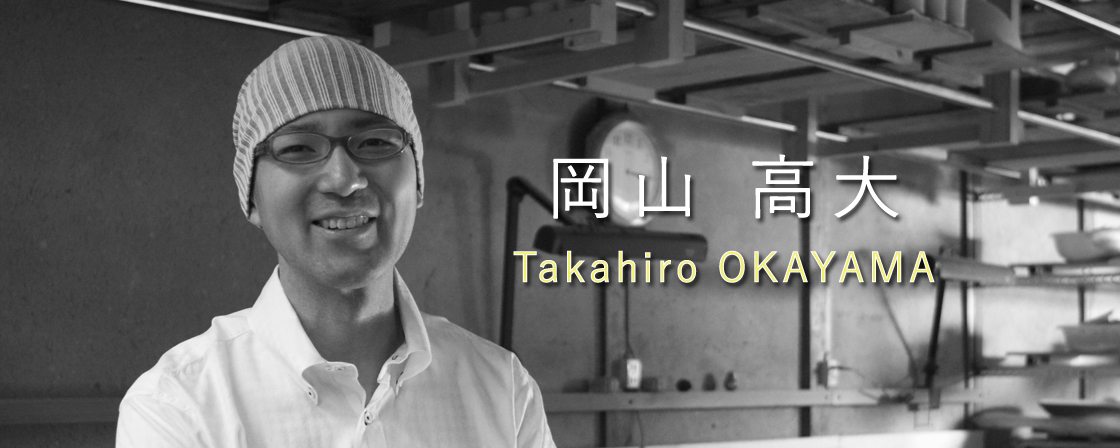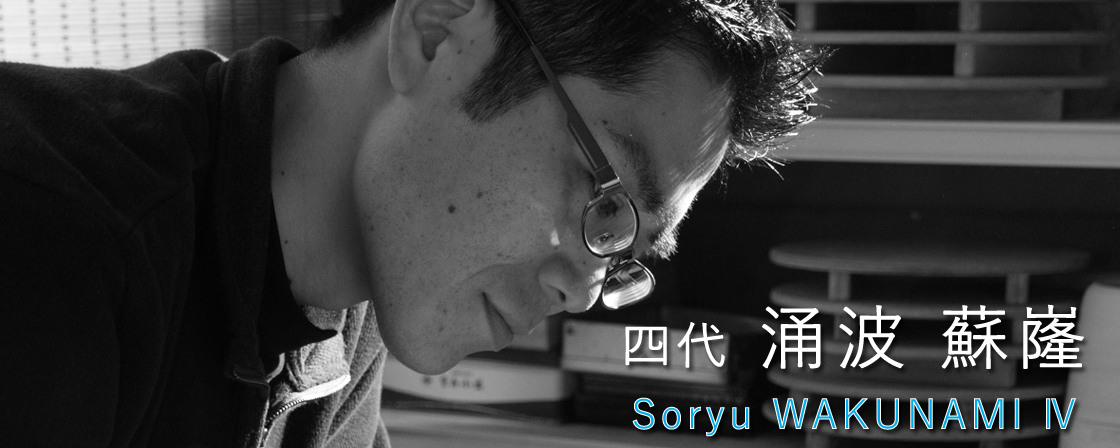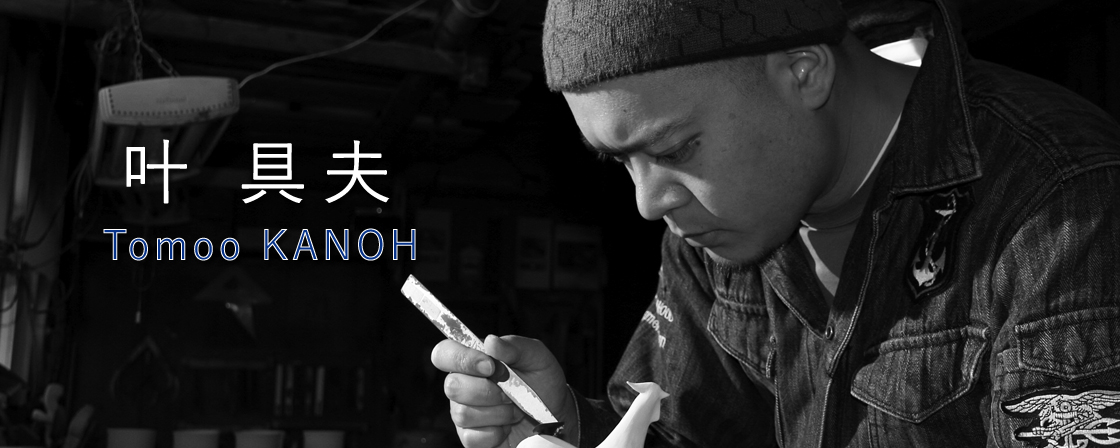Artists of TAKUMIBITO
In the kogei world of Kyoto, after more than two decades of technical training and sensitivity study, they will go past forty as a fresh artist.
It was called mid-career in mid-fifty, and often become a craft artist past sixty.
However, in rare cases, a special talent that combines amazing technologies with outstanding sensibilities appears at a young age.
They create overwhelming beauty and value that can not usually be thought of from age and experience, fascinate people and become a leader of Kyoto's kogei with a great presence.
Artists of TAKUMIBITO are special talent who rarely appear, who became a young leader of Kyoto.
Special talents representing each craft field will create new value beyond the field by the name of TAKUMIBITO.
Fields of Kogei
URUSHI Kogei
URUSHI kogei is a technique that is regarded as one of Japan's leading crafts, culture.
URUSHI technique developed in various parts of Japan has its characteristics along with each culture.
KYO-YUZEN dyeing
Although techniques for dyeing cloth have been various for many years, the birth of Yuzen Dye has made it possible to express brilliant and variegated expressions.
Buddha statue
Pottery
The difference between pottery and porcelain is only the difference in the amount of ingredients that will become glass, often together called ceramics.

